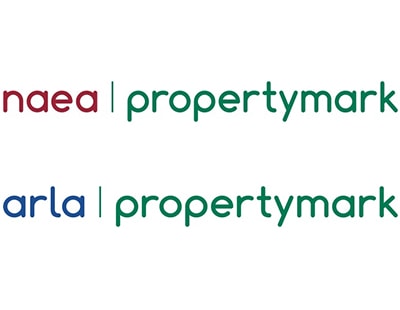
Propertymark has welcomed the move by Housing Secretary Robert Jenrick to help make certain leasehold flats more attractive to would-be buyers and mortgage lenders.
Since the Grenfell Tower tragedy there has been widespread confusion over the need for the now-infamous EWS1 cladding forms which indicate “no systemic risk of fire in these blocks of flats”.
As a result, thousands of owners have been unable to sell or remortgage their properties - and in some cases have had difficulties even letting them - because of growing concern about the safety of many blocks.
Now Jenrick has announced that EWS1 forms should not be a requirement on buildings below 18 metres - roughly four storeys.
HSBC UK, Barclays, Lloyds Banking Group and other lenders bow say they accept EWS1 forms will not be required in these cases, and Jenrick has made it clear he wants other lenders to follow suit.
Propertymark has given its backing to Jenrick’s announcement.
Timothy Douglas, the organisation’s policy and campaigns manager, says: “Building and fire safety are going through significant changes and the proposals are complex. This is an important step forward that will help to provide greater clarity for agents working with consumers to buy, sell and rent properties in this part of the market.”
Since 2019 - when lenders across the UK began demanding EWS1 forms - agents have been finding it difficult or impossible to sell properties in certain clad blocks.
There was concern that flats in high-rise towers wouldn’t represent good security and that owners could be liable for remediation costs. Without any assessment of the external wall system, some properties were given zero valuations, rendering them unsellable and un-mortgageable.
Following receipt of expert advice, Jenrick’s recommendations state:
- EWS1 forms should not be a requirement on buildings below 18 metres;
- In the small number of cases where there are known to be concerns these should be addressed primarily through risk management and mitigation;
- There should be a clear route for residents/leaseholders to challenge costly remediation work and seek assurance that proposals are proportionate and cost effective;
- Government should work with the shadow Building Safety Regulator to consider how to implement an audit process to check that fire risk assessments are following guidelines, not perpetuating the risk aversion we are witnessing, in some instances, at the present time;
- Fire risk assessors, and lenders should not presume that there is significant risk to life unless there is evidence to support this. This would ensure that they respond only to the evidence and adopt a far more proportionate and balanced approach.

























Join the conversation
Be the first to comment (please use the comment box below)
Please login to comment